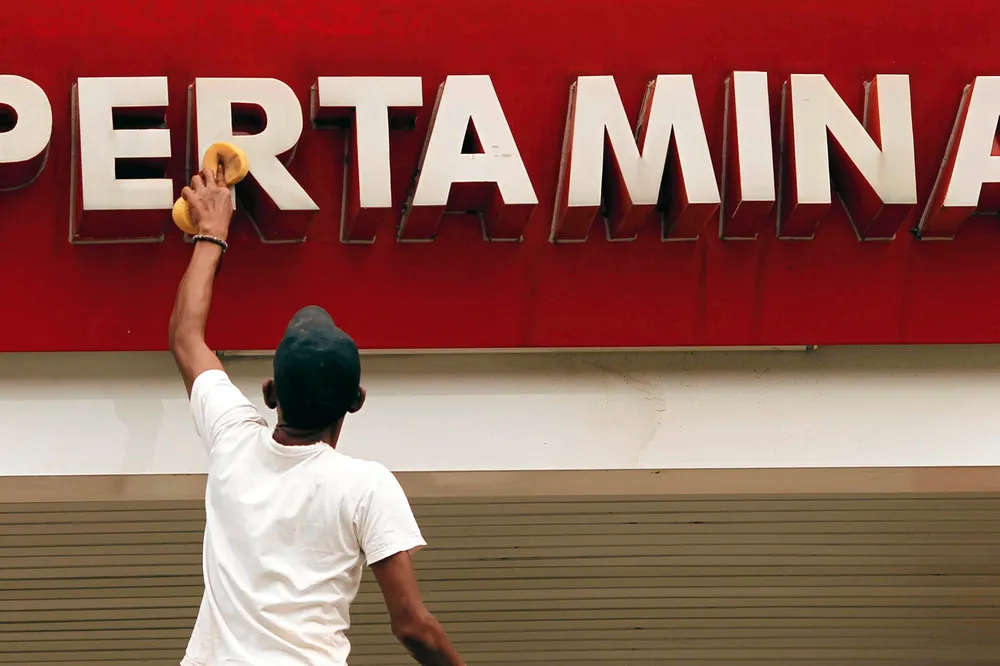Pertamina drives forward with ambitious Indonesia CCUS project plans
Collaboration with Japanese partners and the Bandung Institute of Technology to progress Gundih scheme that will also boost gas production

Collaboration with Japanese partners and the Bandung Institute of Technology to progress Gundih scheme that will also boost gas production
